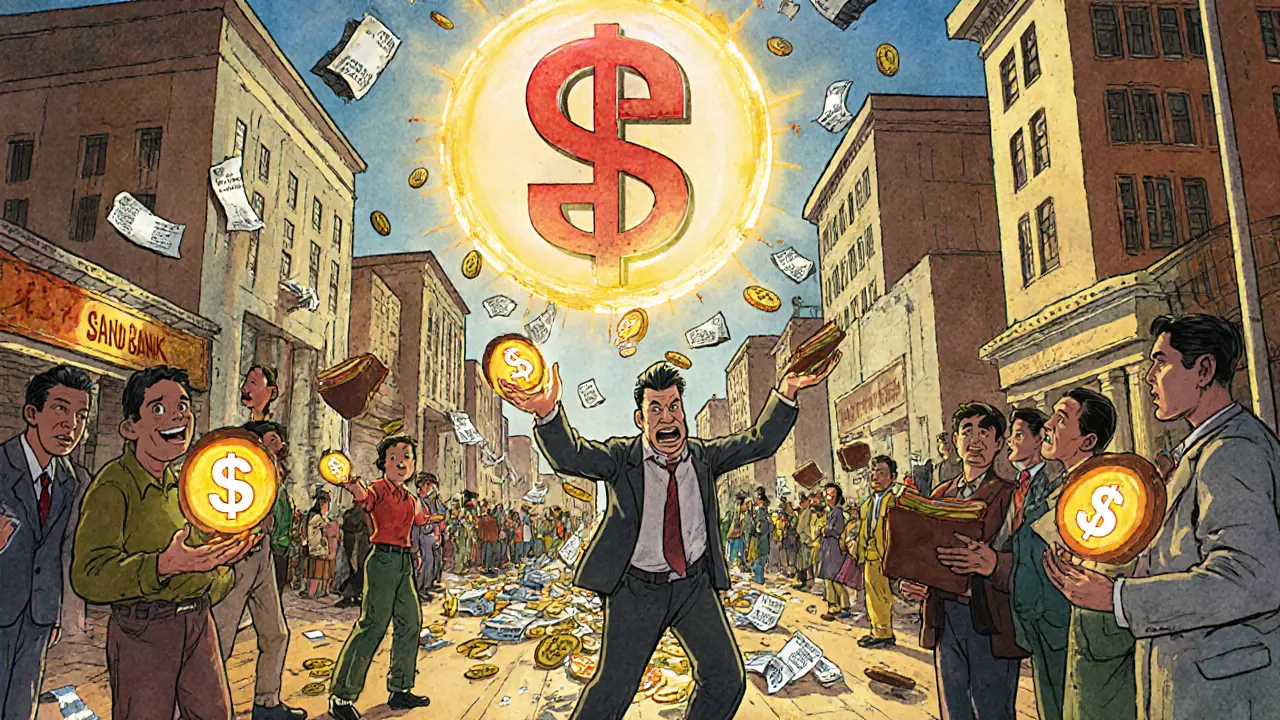Central Bank Digital Currency: What It Is and Why It Matters
When you hear central bank digital currency, a digital form of a country’s official money issued and controlled by its central bank. Also known as CBDC, it’s not Bitcoin. It’s not Ethereum. It’s the same dollar, euro, or yuan—but in digital form, tracked by the government. Unlike crypto, which runs on decentralized networks, a CBDC lives inside the banking system. It’s designed to replace cash, not compete with Bitcoin.
Think of it like this: your bank account is already digital. A CBDC is what happens when the central bank gives you direct access to that digital money—no bank in between. Countries like China are already ahead with their digital yuan, the world’s first major CBDC, used by millions for everyday payments. Meanwhile, the European Central Bank and the Federal Reserve are testing their own versions. Why? Because cash is fading, and they want control over how money moves. They also want to cut out the middlemen—like private payment apps—and track every transaction for tax, anti-money laundering, or even social policy reasons.
That’s where things get tricky. A CBDC gives governments power they’ve never had: the ability to freeze payments, limit how much you can spend, or even program expiration dates on money. It’s not science fiction—it’s already being tested in pilot programs. And while some see it as progress, others worry it’s the end of financial privacy. This isn’t about Bitcoin or DeFi. It’s about who controls your money when you don’t have cash in your pocket.
What you’ll find below isn’t theory. It’s real analysis. Posts here break down how CBDCs compare to crypto, what China’s digital yuan really does, how regulators are reacting, and why your next payment might be monitored before it even clears. No fluff. Just facts on what’s coming—and how it could change everything about how you use money.

How CBDCs Will Reshape Traditional Banking by 2030
Caius Merrow Oct, 29 2025 0CBDCs are digital versions of national currencies issued by central banks. They’re already live in China and the Bahamas, and they’re forcing traditional banks to rethink deposits, lending, and payments. Here’s how they’re changing finance.
More Detail